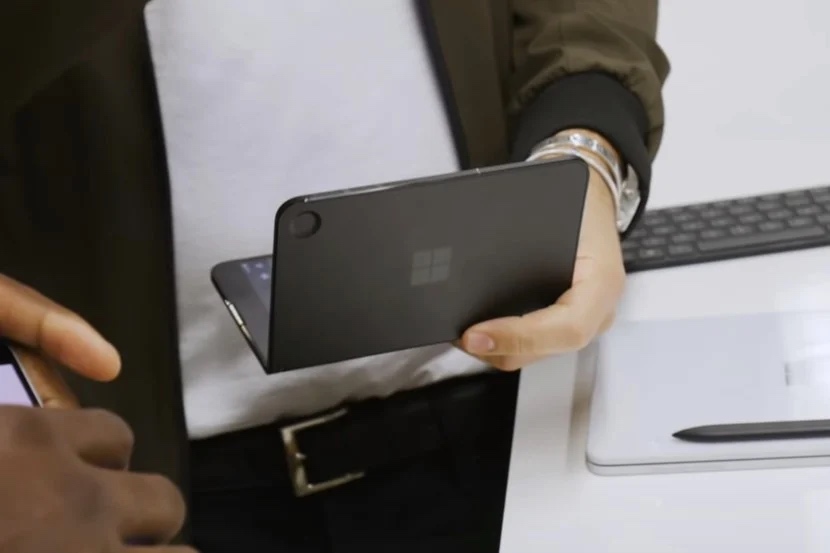
From the intro to Zac's history:
Here at Windows Central, we've been following Microsoft's Surface Duo project for quite some time. We first wrote about Microsoft's dual-screen pocket PC efforts under the codename Andromeda in 2017, and I had started hearing about the project a considerable time before then. It was initially going to be a Windows device, and kickstart Microsoft's mobile efforts with a brand new, modern version of Windows explicitly built for this new form factor.
Of course, this never happened. The Surface Duo we have today is an Android device, and Microsoft says that it went with Android because it's the right choice for the form factor. While true, it's certainly not what Microsoft had intended to do in the beginning. It came to this conclusion only after trying and failing to bring to life a new, ambitious version of Windows designed for a dual-screen pocket PC.
I'm frequently asked about what this era of Surface Duo's development was like. So, here's what I know, based on conversations with people who worked on the project and photos and video I've seen of the software and hardware over the last four years.
Do read the whole article though, there are several interesting nuggets, including:
Work on Microsoft's dual-screen phone started picking up steam in early 2016, under the codename Andromeda. Microsoft started development on the Andromeda project with the mindset that it was going to be a Windows device. It was decided early on that Andromeda was not going to be powered by an Intel processor, opting for an ARM chip instead.
It became apparent rather quickly that Microsoft needed to build a new, modern version of Windows to fully realize its vision for this device. The existing version of Windows 10 was and is not optimized for pocketable devices, and Windows 10 Mobile wasn't adaptable enough or where Microsoft needed it to be for a dual-screen form factor.
Microsoft wanted the best of both worlds, a lightweight and legacy-free OS experience found on Windows 10 Mobile, paired with the versatility and feature-rich nature of Windows 10 desktop, something especially important for Microsoft's Continuum plans on Andromeda. A version of Windows like this didn't exist at the time, so Microsoft needed to build it.
Reading through Zac's text, you can see why it took Microsoft so long to get Surface Duo to market. And even now it's not exactly a bug-free experience. But updates should fix that. Will we see a Surface Duo at AAWP? Probably not officially, as it's a USA-only device - but I'm hopeful I can borrow one from somebody!
